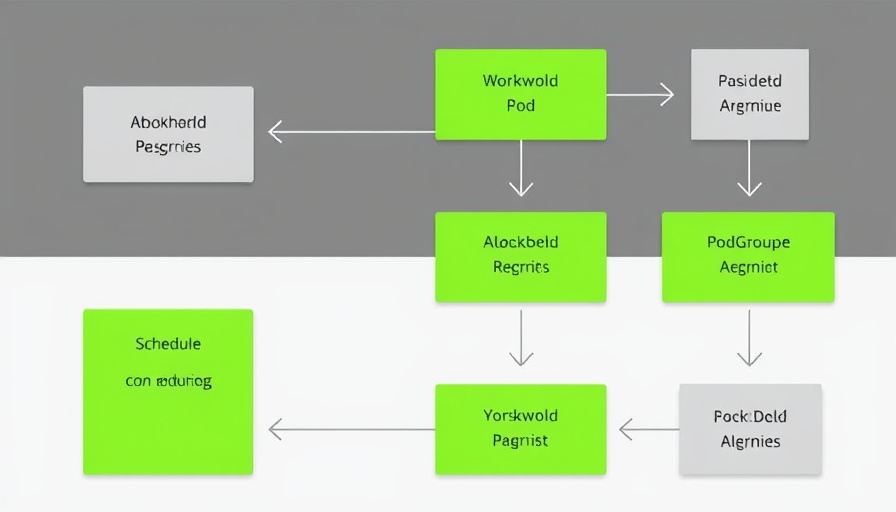
Understanding Nvidia's Expansion into AI Robotics and Desktop Systems
Nvidia is preparing to solidify its leadership position in the artificial intelligence (AI) sector by unveiling innovative hardware aimed at developers and researchers. The company recently introduced personal AI supercomputers, the DGX Spark and DGX Station, which elevate the capabilities of desktop computing to unprecedented levels, thereby making advanced AI accessible to a broader audience.
Revolutionizing Desktop Computing with DGX Spark
The DGX Spark, formerly known as "Digits," has emerged as the world's smallest AI supercomputer, designed for compact yet powerful AI development. Powered by the NVIDIA Grace Blackwell architecture, this device exemplifies Nvidia's dedication to miniaturization without sacrificing performance. It is priced around $3,000 and features a GB10 Superchip capable of delivering up to 1,000 trillion operations per second. Such capabilities mean that developers can run complex AI models from their desktops, encouraging more local experimentation and innovation.
What Makes the DGX Station Stand Out?
The DGX Station represents a significant leap forward for desktop AI applications, designed specifically for hardcore data scientists and researchers. With a GB300 Superchip featuring 20 petaflops of AI performance, this system is tailored for demanding AI workloads. Its capabilities include 784GB of memory, optimized for running extensive model training and fine-tuning tasks effectively. Unlike traditional desktop systems, the DGX Station provides unparalleled performance that rivals powerful data center setups.
The Significance of Local AI Development
In an era where AI is rapidly evolving, the ability to run sophisticated applications directly from one’s desk represents a major shift. Jensen Huang, CEO of Nvidia, articulated that “AI has transformed every layer of the computing stack” and emphasized the need for computers designed specifically for AI-native applications. The introduction of DGX personal AI supercomputers empowers developers to create without the cumbersome overhead typically associated with distant data centers.
Comparative Insights: Nvidia Versus Competitors
Nvidia's robust offerings are not without competition; companies like AMD are also stepping into this space with significant advancements in integrated AI capabilities. However, Nvidia's focus on providing full-stack solutions that include both hardware and high-performance software tools sets it apart. The integration of the Grace Blackwell architecture into desktop systems ensures not only superior processing power but also smoother transitions between local and cloud-based AI workloads.
Future Trends: What Lies Ahead for AI Computing?
With the digital landscape continuously shifting, Nvidia remains at the forefront of propelling AI applications. The growing trend towards decentralized AI development suggests we can expect even more robust and accessible solutions in the future. Innovations like the DGX Spark and DGX Station pave the way for a new generation of innovators who can now train and deploy AI models right at their desks, essentially democratizing access to powerful AI tools.
Why AI Enthusiasts Should Care
For AI enthusiasts, the implications of Nvidia's advancements go beyond mere performance metrics; they represent a monumental shift in how AI is approached both in research and industry. The ability to utilize powerful AI supercomputers that fit into standard workspace environments signifies a recruiting ground for a new wave of AI talent. As technology continues to evolve at a breakneck pace, users equipped with the latest tools will likely hold significant leverage over those who remain tethered to outdated technology.
If you’re interested in the future of AI computing and want to stay ahead of the curve, consider exploring Nvidia's latest offerings. The DGX Spark and DGX Station systems could be key to tapping into the next wave of AI innovation.
 Add Row
Add Row  Add
Add 




 Add Row
Add Row  Add
Add 

Write A Comment